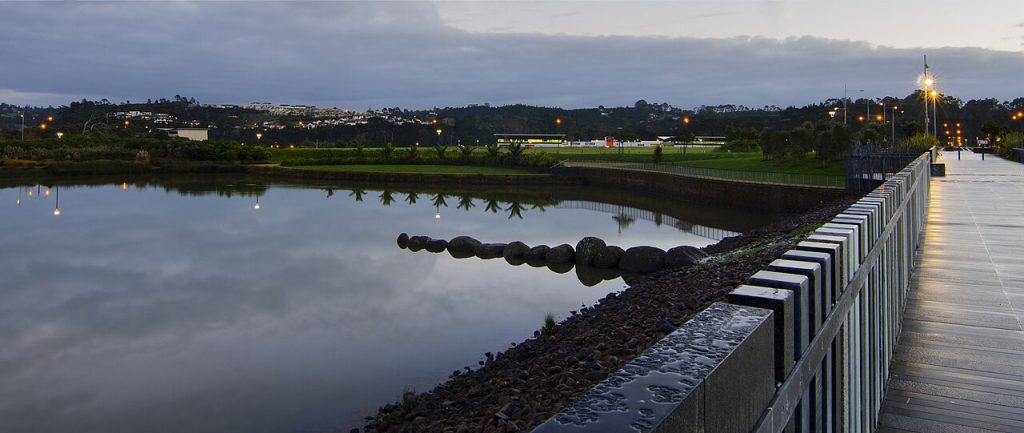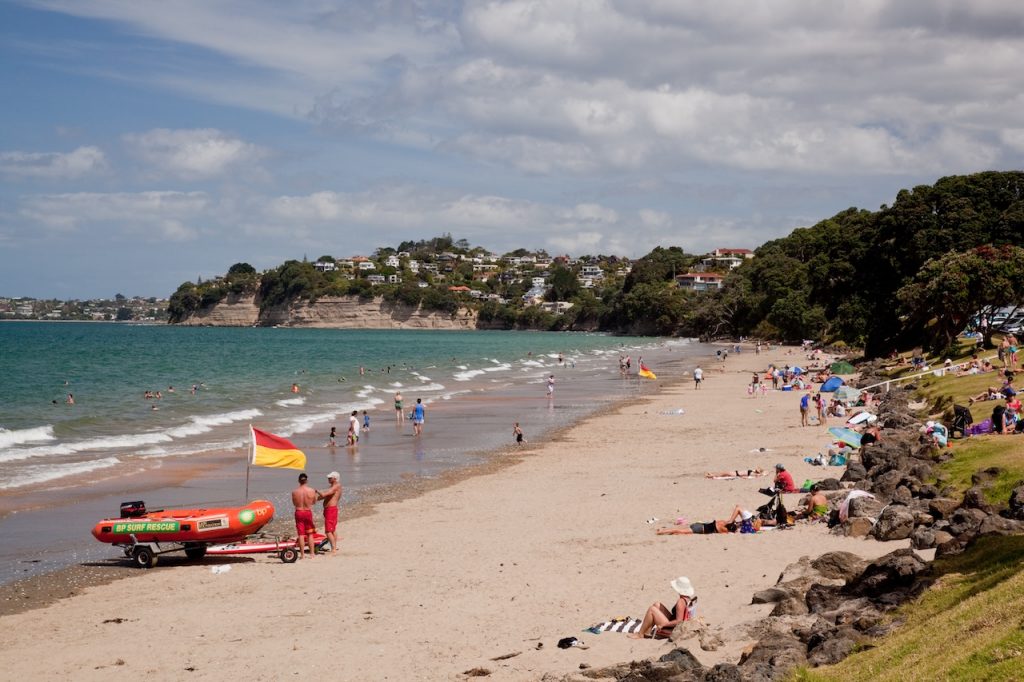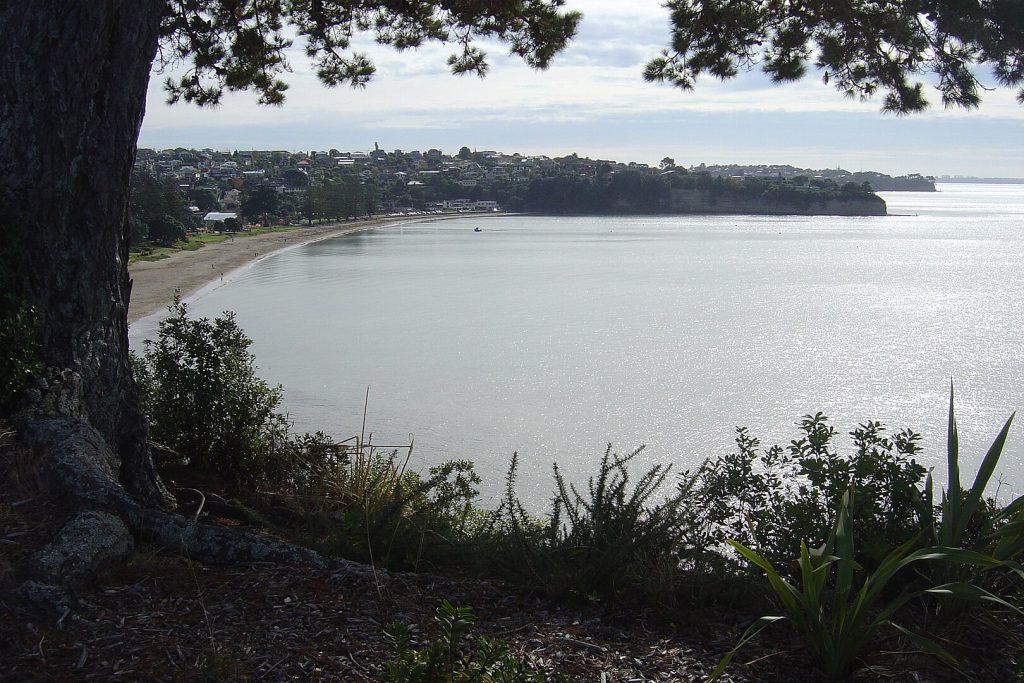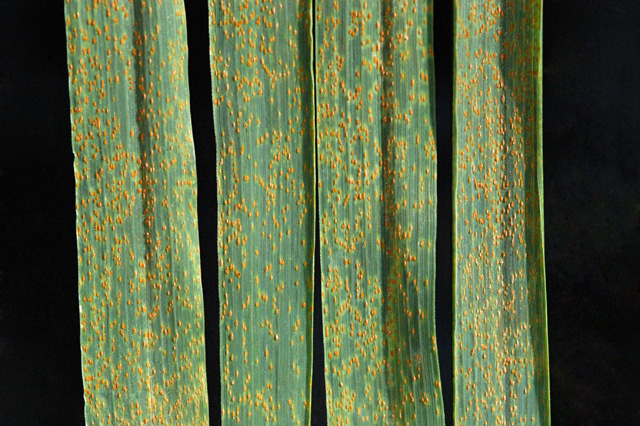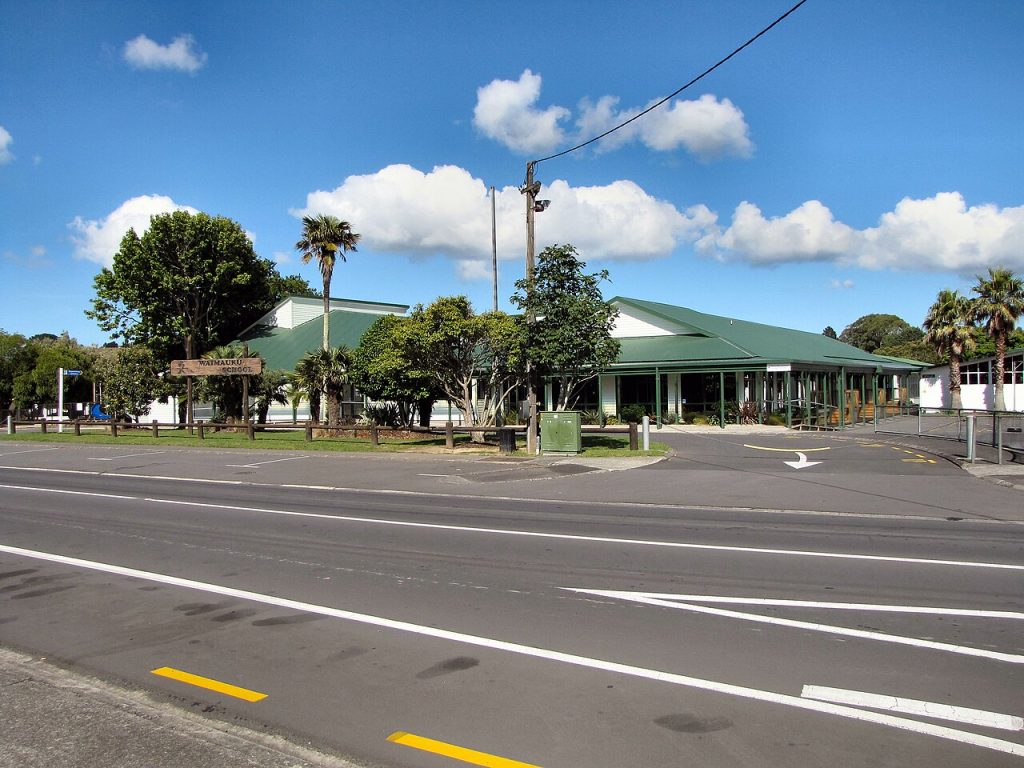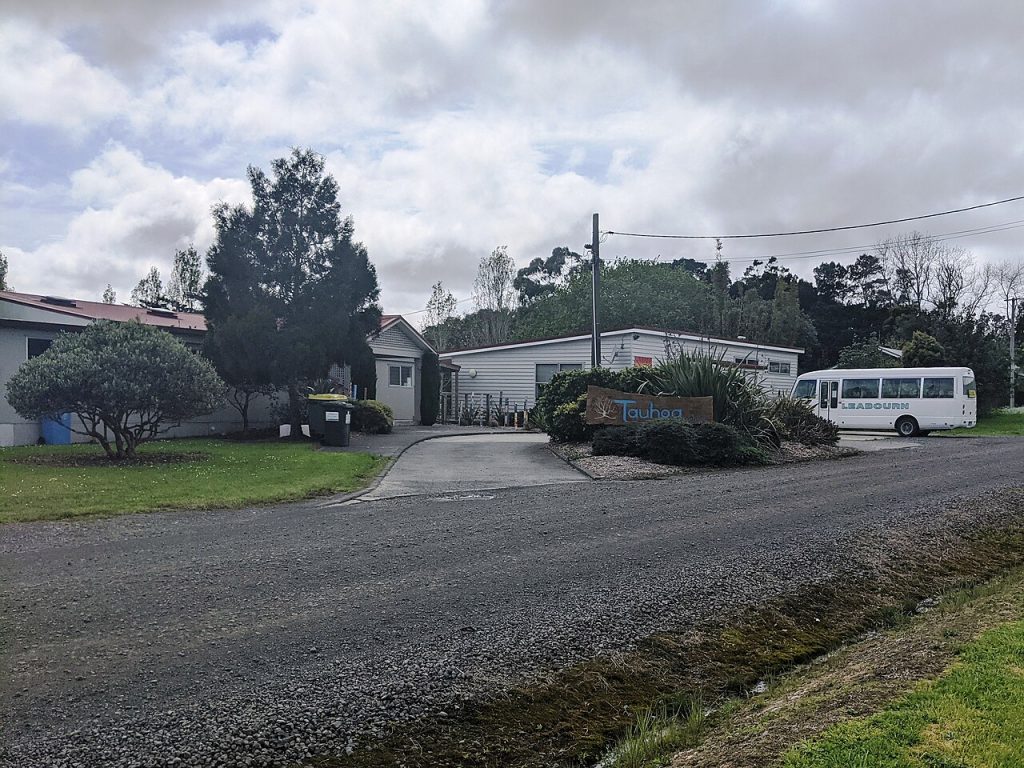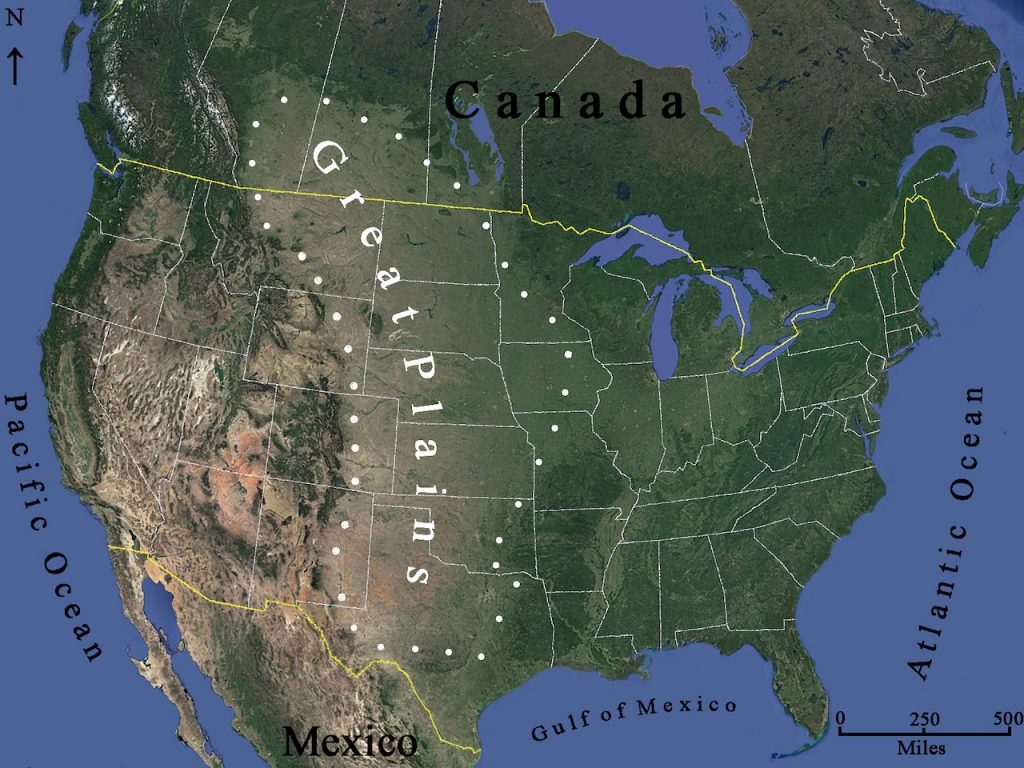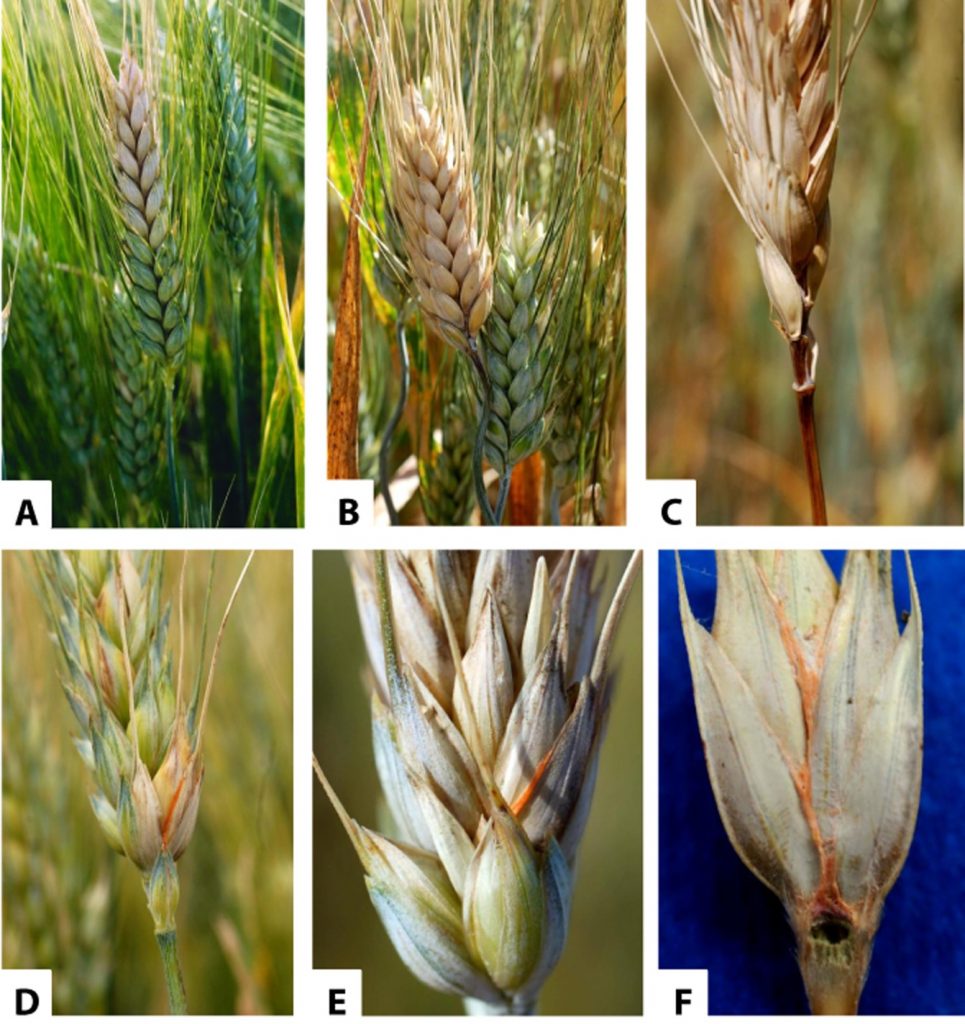
Introducción
Fusarium Head Blight (FHB), también conocida como sarna del trigo, es una enfermedad fúngica devastadora causada principalmente por Fusarium graminearum. Esta enfermedad afecta significativamente a la producción de trigo en todo el mundo, provocando importantes pérdidas de rendimiento y la contaminación del grano con micotoxinas, en particular deoxinivalenol (DON), que hace que el grano no sea seguro para el consumo humano y animal. La gravedad de los brotes de FHB depende de diversos factores, como las condiciones climáticas, la susceptibilidad de las variedades de trigo y las prácticas agrícolas.
Este artículo examina las principales regiones productoras de trigo más afectadas por la FHB, destacando las consecuencias económicas y agronómicas de la enfermedad.
Regiones gravemente afectadas por el tizón de la cabeza del fusarium
1. América del Norte: Estados Unidos y Canadá
La FHB es una amenaza persistente en las regiones productoras de trigo de Norteamérica, particularmente en las zonas húmedas y templadas de Estados Unidos y Canadá.
- Estados Unidos: La enfermedad es más prevalente en el Medio Oeste y las Grandes Llanuras, incluyendo estados como Dakota del Norte, Dakota del Sur, Minnesota, Ohio, Indiana e Illinois. La combinación de tiempo húmedo durante el período de floración del trigo y el cultivo extensivo de maíz (un huésped para las esporas de Fusarium) aumenta el riesgo de brotes graves.
- Canadá: Las provincias de Manitoba, Saskatchewan y Ontario experimentan con frecuencia brotes de FHB. En Manitoba, por ejemplo, la elevada humedad y las frecuentes lluvias crean las condiciones ideales para la enfermedad. La presencia de Fusarium graminearum en los campos de trigo canadienses ha dado lugar a una estricta normativa sobre micotoxinas para la exportación de grano.
2. Europa: Regiones central y oriental
La FHB supone un reto importante para la producción de trigo en Europa, especialmente en los países de Europa Central y Oriental, donde los niveles de precipitaciones y humedad durante el periodo vegetativo son elevados.
- Alemania y Francia: Estos países se encuentran entre los mayores productores de trigo de Europa, y los brotes de FHB se producen con regularidad, especialmente en zonas con altas precipitaciones. En Francia, los campos de trigo que siguen a cultivos de maíz corren mayor riesgo.
- Polonia y Ucrania: Polonia, con su clima continental moderado, ha sufrido graves brotes de FHB, que han provocado reducciones de calidad en el trigo de molienda. Ucrania, uno de los principales exportadores de trigo del mundo, también ha notificado crecientes problemas de FHB, que afectan a los mercados de cereales nacionales e internacionales.
3. América del Sur: Argentina y Brasil
- Argentina: La húmeda región de la Pampa, una de las principales zonas de cultivo de trigo, experimenta con frecuencia brotes de FHB. Las condiciones cálidas y húmedas durante la fase de floración contribuyen a una elevada presión de la enfermedad.
- Brasil: En el sur de Brasil, donde el trigo se cultiva de forma extensiva, el FHB supone un riesgo importante debido a las altas precipitaciones. La contaminación por micotoxinas en el trigo cosechado en Brasil ha sido una preocupación creciente para las regulaciones de seguridad alimentaria.
4. Asia: China e India
- China: La cuenca del río Yangtze y partes del norte de China sufren de FHB debido a los altos niveles de humedad. La producción de trigo de China es fundamental para la seguridad alimentaria mundial, y los brotes de FHB suelen reducir la calidad del grano.
- India: Aunque la India tiene un clima más seco, algunas regiones, en particular en los estados septentrionales de Punjab y Haryana, han notificado casos de FHB, especialmente cuando se producen lluvias fuera de temporada.
5. Australia
La FHB es relativamente menos común en Australia en comparación con otras regiones debido a su clima más seco. Sin embargo, algunas zonas de los estados orientales, en particular Nueva Gales del Sur y Victoria, han experimentado brotes periódicos tras patrones climáticos húmedos. La industria triguera australiana ha invertido mucho en la obtención de variedades resistentes y en la aplicación de estrategias de rotación de cultivos para mitigar los riesgos.
Impacto en el rendimiento de los cultivos y consecuencias económicas
1. Pérdidas directas de rendimiento
La FHB reduce el rendimiento del trigo al dañar los granos, dando lugar a granos «lápida», arrugados y de poco peso. Los brotes severos pueden causar pérdidas de rendimiento que van del 10% al 50%, dependiendo de las condiciones ambientales y de la severidad de la enfermedad.
2. Calidad del grano y comerciabilidad
Uno de los impactos más críticos de la FHB es la contaminación del grano con micotoxinas, particularmente DON.
Restricciones a la exportación: Muchos países tienen límites estrictos de micotoxinas en las importaciones de trigo, lo que lleva a pérdidas comerciales para las naciones exportadoras.
Reducción de la calidad de molienda: El trigo infectado con FHB tiene menor rendimiento de harina y calidad de panificación, lo que lo hace inadecuado para productos de trigo de primera calidad.
3. Aumento de los costes de producción
Los agricultores deben implementar costosas estrategias de manejo para controlar la FHB, incluyendo:
Aplicaciones de fungicidas, que pueden añadir gastos significativos por hectárea.
Uso de variedades de trigo resistentes, que a menudo requieren costes adicionales de mejora y de semillas.
Análisis del grano después de la cosecha para garantizar el cumplimiento de las normas de seguridad alimentaria.
4. Preocupación por la seguridad alimentaria
Los brotes de FHB pueden interrumpir las cadenas de suministro de trigo, especialmente en los principales países consumidores. El trigo contaminado debe destinarse a la alimentación animal o desecharse, lo que reduce el suministro total de alimentos.
Estrategias de gestión para mitigar la FHB
1. Rotación de cultivos y gestión de residuos
La rotación del trigo con cultivos no hospedantes (como la soja) y la reducción de los rastrojos de maíz pueden reducir los niveles de esporas de Fusarium en el suelo.
2. Uso de variedades resistentes
Los programas de mejora genética han desarrollado cultivares de trigo con mayor resistencia al FHB, aunque todavía no se dispone de una resistencia completa.
3. Aplicación de fungicidas
La aplicación oportuna de fungicidas a base de triazoles durante la floración del trigo puede ayudar a reducir la gravedad de la enfermedad. Sin embargo, la resistencia a fungicidas en poblaciones de Fusarium es una preocupación emergente.
4. Manipulación post-cosecha
El secado y almacenamiento adecuados del trigo pueden prevenir el desarrollo de micotoxinas, asegurando una mejor calidad del grano.
Conclusión
Fusarium Head Blight sigue siendo una amenaza importante para la producción de trigo a nivel mundial, especialmente en regiones con climas húmedos y templados. Las consecuencias económicas de la FHB van más allá de las pérdidas directas de rendimiento, afectando al comercio mundial, la seguridad alimentaria y los costes de producción. Para mitigar su impacto son esenciales estrategias eficaces de gestión de la enfermedad, como la rotación de cultivos, las variedades resistentes y el uso selectivo de fungicidas. A medida que cambian los patrones climáticos, el riesgo de brotes de FHB puede aumentar en nuevas regiones, por lo que la investigación y la adaptación en curso son fundamentales para la producción sostenible de trigo.
